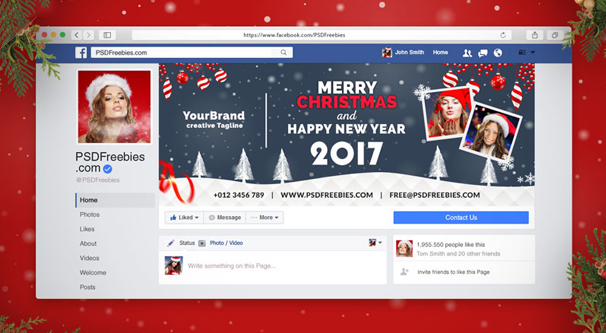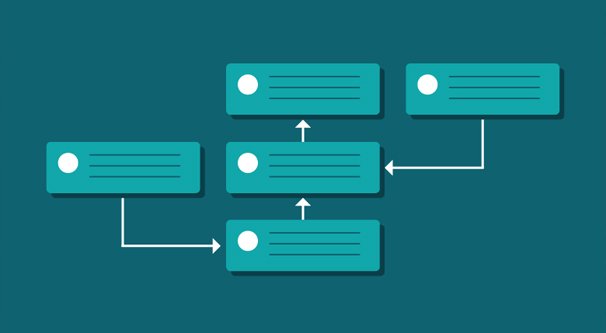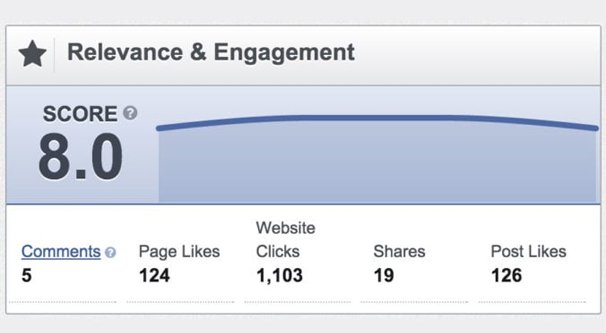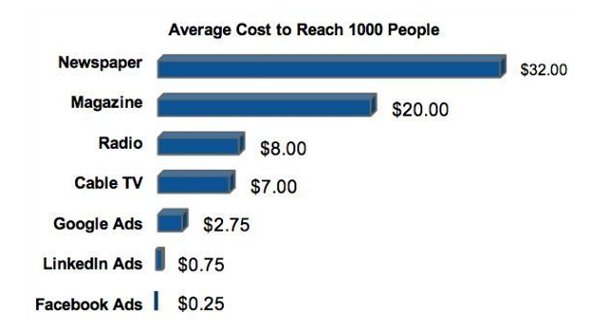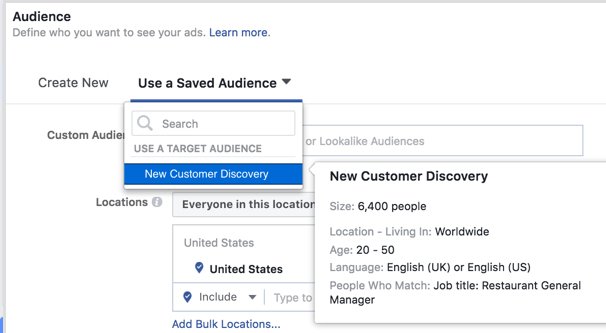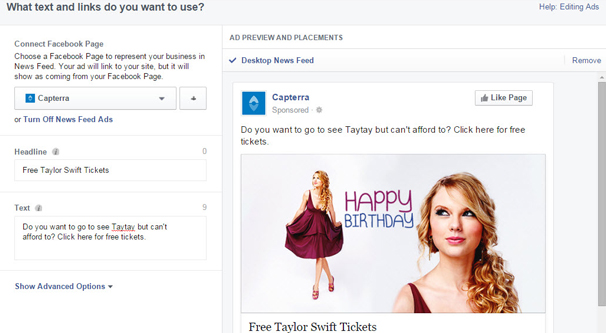Why Your Facebook Ads Keep Getting More Expensive
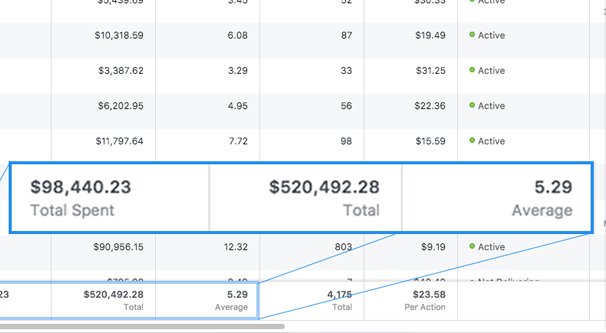
The price of running Facebook ads often seems to steadily rise, no matter what you do to stem the tide. There’s no doubt that they’re a worthwhile investment, but it’s easy to balk at the rising costs, and even the high barrier to entry, if you’re not aware of what’s going on. So why are your ad costs rising, and what can you do about it?
Why Prices Rise
There are a ton of different reasons why Facebook advertising costs are rising. Some of those reasons are unique to you, while others apply across the platform as a whole. Let’s look at them. First, let’s discuss the platform-wide causes.
Seasonality affects prices. Right now as I’m writing this at the end of October, you can bet the costs of ads are shooting up. Businesses are gearing up for pre-Thanksgiving sales, Black Friday and Cyber Monday sales, and the whole lead-up to Christmas. This cluster of the biggest commercial holidays in the world naturally lead to a lot of people willing to invest more and more into advertising, to rake in that sweet, sweet holiday cash.
Competition can also make prices rise. Regardless of the time of year, the more people willing to bid on advertising, the more you have to pay to get positioning. Facebook has a massive audience you can reach, and your narrow targeting means you might be able to find a narrow audience with relatively little competition, but on a broad scale you’ll still see prices rise as more people invest.
Believe it or not, Facebook ads are growing. Even though there’s always talk of brands leaving Facebook for greener pastures, every brand that leaves is replaced by two or three coming in. It’s simply too much access to too much data for brands to pass up without massive resources of their own. Costs will continue to rise until this levels out.
Facebook often changes their algorithms. Small algorithmic changes might not have a big impact on ad spend, but larger changes will. One of the biggest changes recently was a shift early this year. In reaction to user backlash over the commercialization of their feeds, Facebook decreased reach for pages and increased exposure to friends and family. This is great for users, but bad for brands. Not only do your organic reach numbers drop, you have to pay more to reach the audience you used to, and even more than that if you want to grow your profits.
There’s also the matter of sheer saturation. Even with over a billion daily active users, there’s still a finite, limited number of places on where ads can be displayed. If you see a couple of news feed ads and a handful of sidebar ads each day, well, there were probably dozens if not hundreds of companies vying for position in those handful of spots. Facebook is running out of places to show ads. Limited positions means those positions become more valuable, people pay more for them, and the cost to compete goes up.
That’s just for the platform as a whole, of course. There are factors that can increase ad costs for you and you alone, as well, that might be worth looking into.
For one thing, your quality score might drop. Your quality score is composed of a handful of different factors, mostly involving ad performance. It’s a measurement of how well your ads are doing. A lower quality score is an indicator that your ads are performing worse, which in turn means you need to pay more to maintain your goals.
Now, to be clear, quality score – or relevance score, as Facebook defines it – is not a factor that determines ad costs. It’s just a metric you can use to monitor how your ads are performing.
You might be targeting a poor choice in audience. Every single audience targeting factor will affect costs. Choose a different country and your costs might go down, but you might also not be able to sell much to those residents, so what good does it do you? Age ranges, demographics, everything you can adjust can play a part in determining your ad costs.
Ad placement, of course, also affects pricing. Running your ads on Instagram is a lot more expensive than running them in the news feed or the sidebar. Even those are more expensive than mobile ads, which in turn are more expensive than ads in the Facebook audience network. Placement matters, of course, both for costs and for potential profits.
You also have your bidding strategies. You can tell Facebook to get you results at any cost, or you can tell them to keep costs in a specific range and get what they can out of it. It’s up to you which to use, of course, but one of them is going to be more expensive than the other.
Another factor that commonly affects costs is reaching a threshold for ad frequency. Frequency is the number of times the average user in your target audience sees your ad. If you have an audience of 1,000 people, and 1,000 people see your ad, you have a frequency of 1. If only 500 people see your ad, your frequency will be .5, and if 2,000 people see your ad, your frequency becomes 2.
Of course, frequency isn’t a 1:1 measurement of specific people. If one person sees your ad twice and one person doesn’t see your ad at all, it averages out to 1 regardless. A frequency of 1 doesn’t mean you’ve reached everyone in your target audience.
Basically, a higher frequency – above 2 or so – generally means your ad is getting stale. Stale ads are more frequently ignored, less clicked, and will earn you fewer conversions.
What Can You Do?
Well, the first thing you can do is recognize that even as Facebook advertising costs are going up, they’re still really, really cheap compared to other forms of advertising. How many of you out there, reading about the increases in Facebook ad costs, have even considered television ads? Let alone magazine or newspaper ads:
You can solve a lot of your advertising woes simply by recognizing that it could be much, much worse.
I know that’s not really comforting, though, so I’ve come up with some more concrete tips you can put to use.
Another shift in thinking you can apply, that’s more relevant and more helpful, is to consider metrics beyond just cost. I know I mention this a lot, but that’s because a lot of marketers I talk to don’t actually think this way by default. They think “the cost of running ads is going up, this is bad” when the cost going up is not the end of the world. Consider these two scenarios:
- You spend $10 on ads to reach 1,000 people with a 2% conversion rate.
- You spend $20 on ads to reach 1,000 people with a 10% conversion rate.
If you have an average value for a conversion of, say, $20, your scenarios work out in an interesting way. The first scenario you spend $10 to get 20 people each spending $20 for you, for a total income of $400, and a profit of $390.
The second scenario you spend $20 – double your previous costs! – and reach 100 people, each of which spend $20, bringing in a total of $2,000. Less the costs, you’re making $1,980, even though you’ve doubled your ad spend.
Sometimes you just need to recognize that costs alone aren’t important, it’s the cost per conversion (and the value of that conversion) that matter.
If you’re aware of this kind of thinking, you’re probably thinking of costs as cost per conversion, in which case all of the above is meaningless. You already know, and you want those costs to go down. If that’s the case, here are some more specific changes you can make.
Smooth out your sales funnel. Every sales funnel has a variety of points of friction in it, all of which are opportunities for you to optimize the process. The smoother your conversion process, the better your conversion rates will be. Better conversion rates mean a lower cost per conversion, more effective ads as tracked by the Facebook pixel, better relevance scores, lower costs, and benefits across the board.
Optimize your target audience. You can always make changes to your audience targeting and end up with more effective ads. First, though, you need to determine what direction you need to go. If your ad frequency is high and your conversions are dropping, you have a narrow audience and need to go wider. If your frequency is low and you’re throwing money into the void, you need to narrow the audience down a bit.
If you need to broaden your audience, consider adding additional age categories or geographic locations. You can also remove some of the more restrictive targeting categories, like specific interests that might not be doing much in your favor.
If you need to narrow down your audience, do the opposite. Add a new targeting factor or three, test some out and see how they do. You’re aiming for a sweet spot between too broad and too narrow, where your costs can be low because there are always new people to reach, but targeting is narrow enough that those people are likely always going to be interested.
Change up your ad copy and creative. If your costs have been rising and you haven’t done much to change up your ads in a while, chances are they’re just growing stale. Change up your ad images, ad copy, or even your landing pages. You can also consider deeper changes, like your marketing strategy as a whole or the offer you’re promoting.
Set a bid cap. I usually don’t recommend bid cap as a way to control costs, because they also put a cap on the amount of exposure and the number of conversions you can get. Optimizing the way your money is managed is better than putting a cap on the amount of money that can be managed. That said, a bid cap is a hard limit that ensures that your total expenses will not exceed a certain amount. If you want a hard limit on your expenses while you optimize the results of those expenses, bid caps are a good option.
Dig into remarketing. Remarketing gives you access to an audience that is, while very narrow, also extremely interested. A remarketing audience is a custom audience made up of people who have visited your site or clicked your ads but who have not proceeded through the full conversion process. You know they’re interested because they almost made it; you just need to convince them to pull the trigger.
Finally, whenever you make a change to your ads, run some split tests. A/B testing is essential to know what changes you make have a positive effect, which ones have a negative effect, and what is negligible. Instead of changing ads, copy the ads and make changes to the new copy while leaving the old version static. Run several variants of the same ad, all with the same information except one factor, and determine which changes to which factors have positive impact. Roll those changes into your main ad campaign, then fork off a series of new tests. With luck, each change you make will reduce costs and increase conversions.




